UNLIMITED ACCESS TO OVER 400 HISTORIC PLACES
Live and breathe the story of England at royal castles, historic gardens, forts & defences, world-famous prehistoric sites and many others.
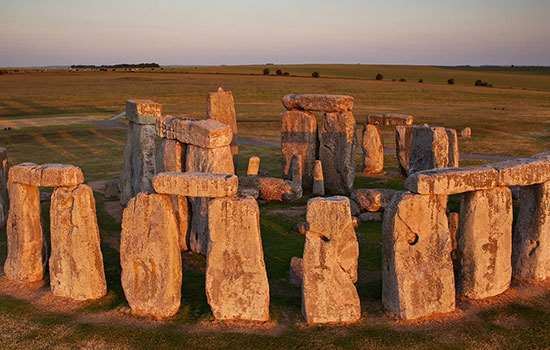
Read a full history of one of the world’s most famous prehistoric monuments, from its origins about 5,000 years ago to the 21st century.
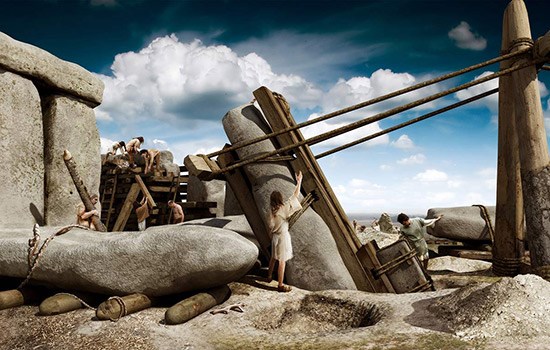
Use this timeline to see the key stages in Stonehenge’s history at a glance, from the earliest monuments to the present day.
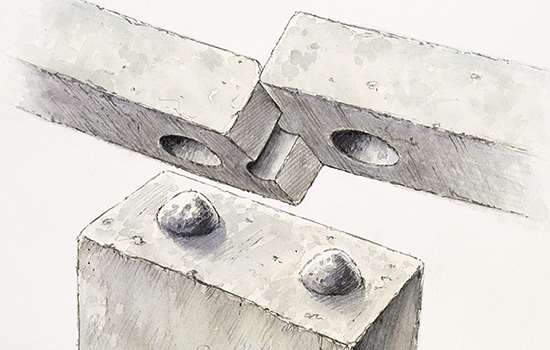
Stonehenge is a masterpiece of engineering. How did Neolithic people build it using only the simple tools and technologies available to them?
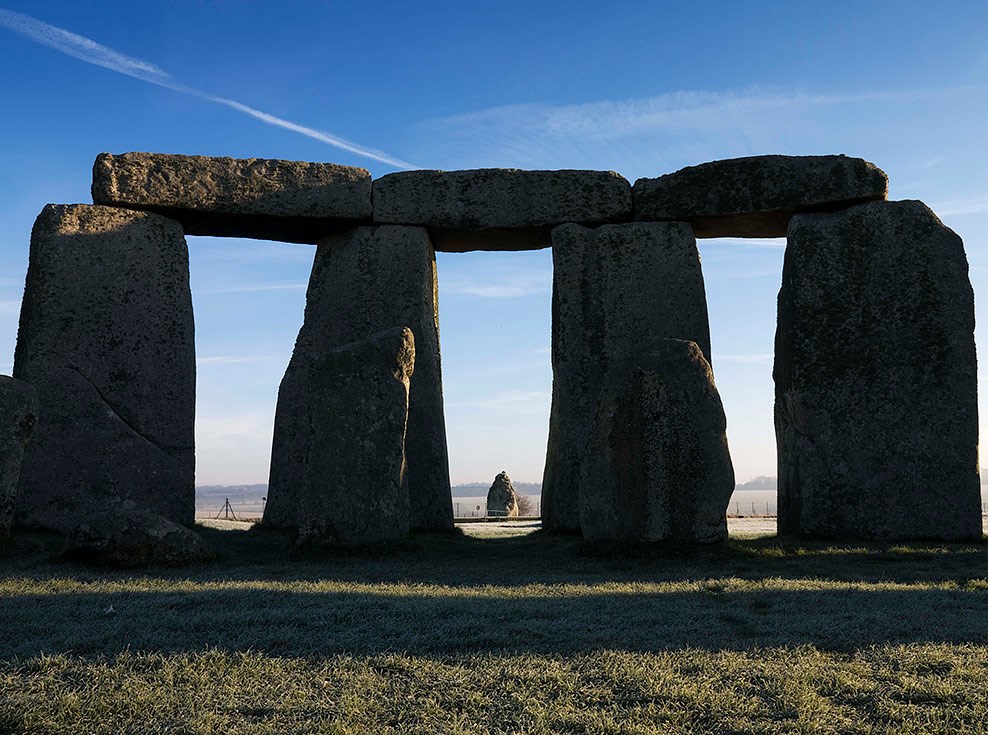
Many theories have been put forward over the years about the purpose of Stonehenge. What does the evidence suggest that it may have been used for?
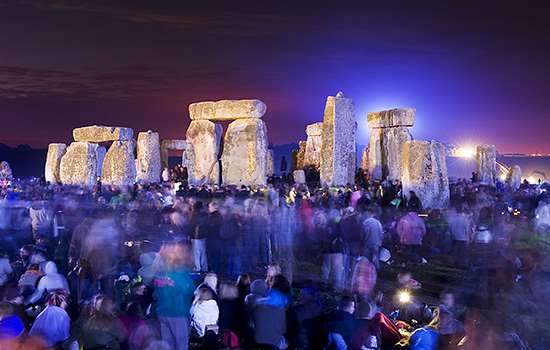
Stonehenge is a unique prehistoric monument, lying at the centre of an outstandingly rich archaeological landscape. It is an extraordinary source for the study of prehistory.
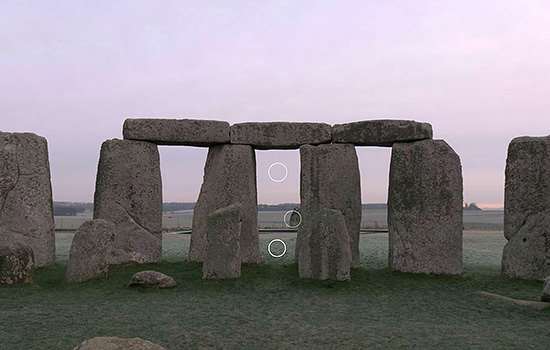
Take an interactive tour of Stonehenge with this 360 degree view from inside the stones, which explores the monument’s key features.
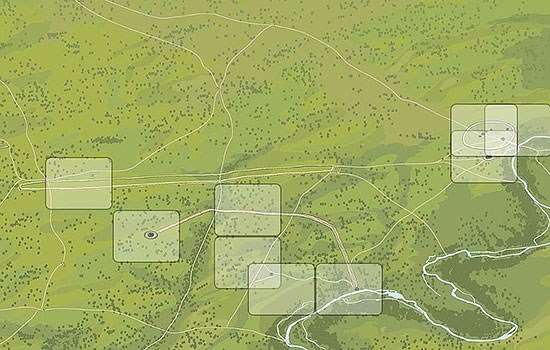
Use these interactive images to discover what the landscape around Stonehenge has looked like from before the monument was built to the present day.
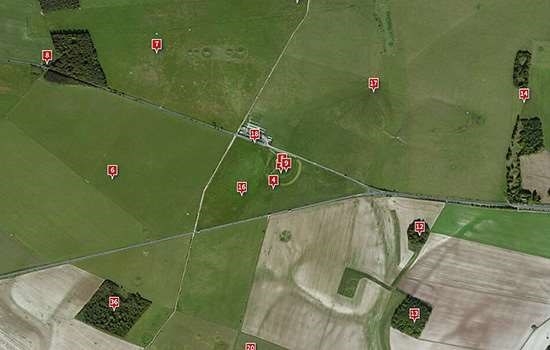
Explore this interactive map created by Historic England to find out about the latest in-depth research into the Stonehenge World Heritage Site landscape.
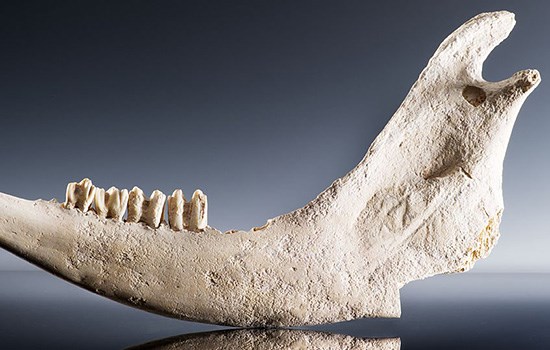
Hundreds of prehistoric objects from the Stonehenge World Heritage Site are on display at the visitor centre. You can explore ten of them here in detail.
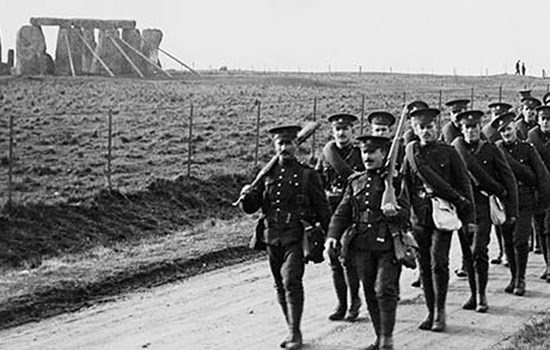
This image gallery explores the story of how the landscape around Stonehenge and its communities were changed by the First World War.
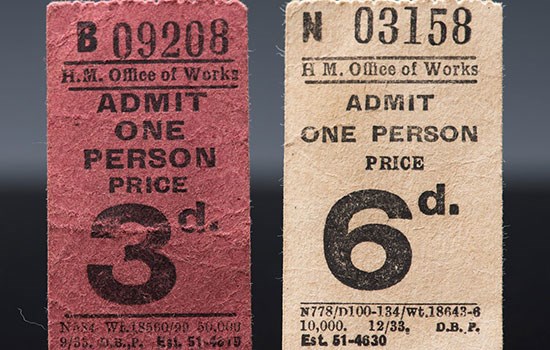
Explore the changing ways in which Stonehenge has been experienced by its many visitors, and its status as a worldwide icon, through historical souvenirs, guidebooks, postcards and photographs.
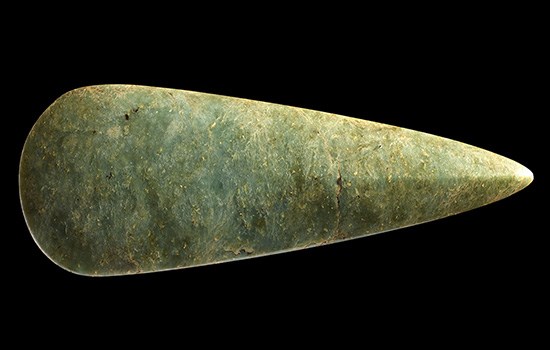
At the time of Stonehenge, people connected with others and with the world around them by making and sharing objects. Explore the story of these connections.
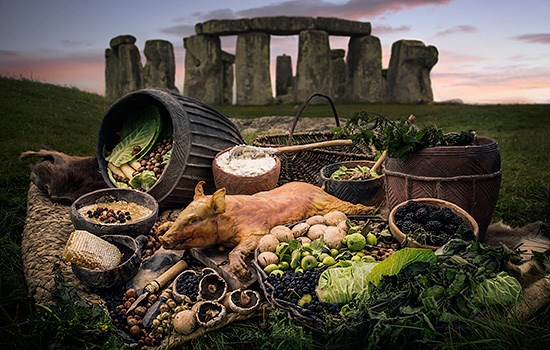
Find out what the people who built and used Stonehenge ate, how they cooked and served their food, and the cutting-edge science behind these discoveries.
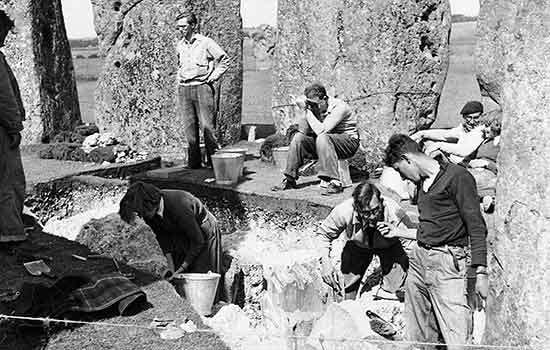
Our understanding of Stonehenge is constantly changing as excavations and modern scientific techniques yield more information. Read a summary of both past and recent research.
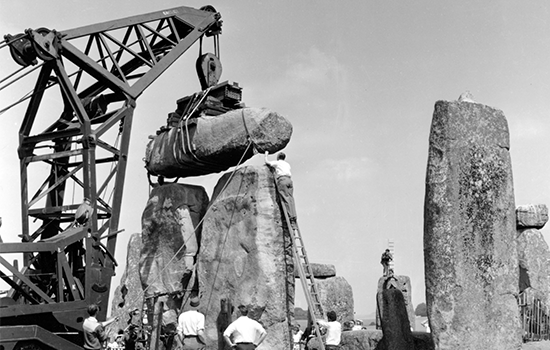
Since coming into the care of the Ministry of Works in 1918, Stonehenge has had several phases of work to protect it. Find out more about the conservation work undertaken by English Heritage.
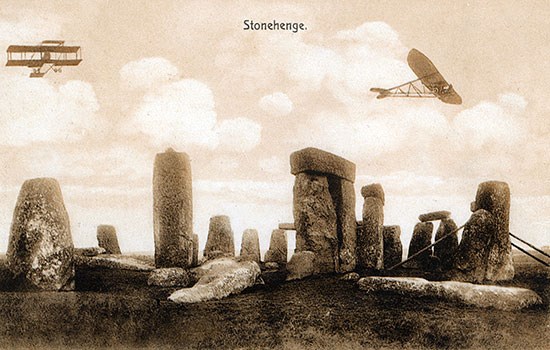
As they travel from the visitor centre to the stones, few of today’s visitors to Stonehenge realise they are crossing the site of a First World War airfield. Find out more.
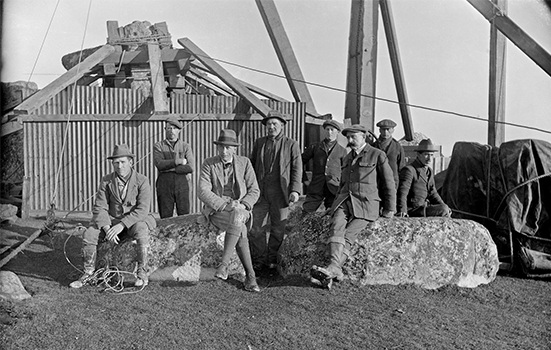
We look at some of the archaeologists who have contributed to our understanding of Stonehenge, from the 17th century to the present day.
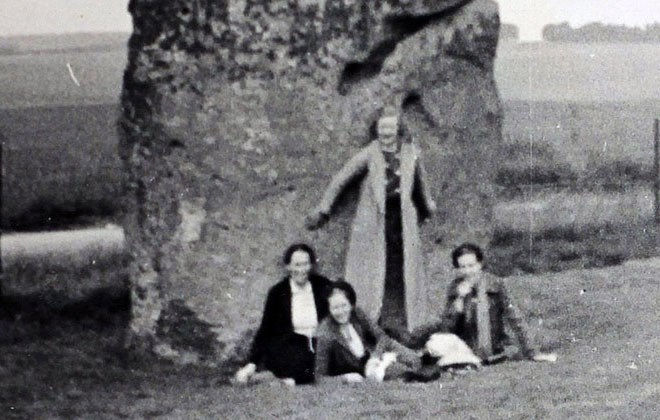
How the drive to save the Stonehenge landscape in the 1920s inspired five young women to form a mysterious band who battled to save England’s threatened buildings and landscapes.
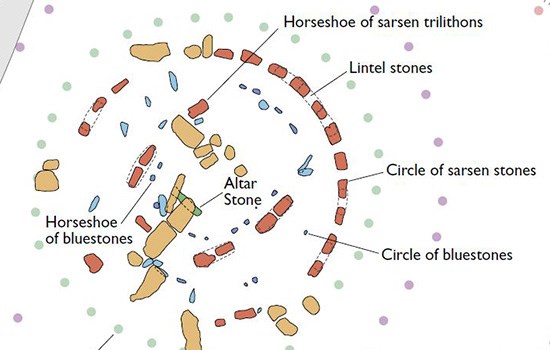
Download this PDF plan to see the phases of the building of Stonehenge, from the first earthwork to the arrangement of the bluestones.
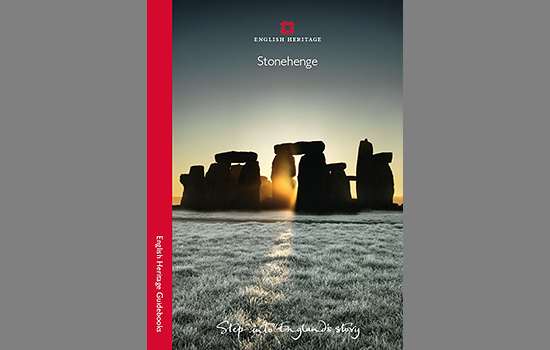
The guidebook includes a tour and history of the site and its remarkable landscape, with many reconstruction drawings, historic images, maps and plans.
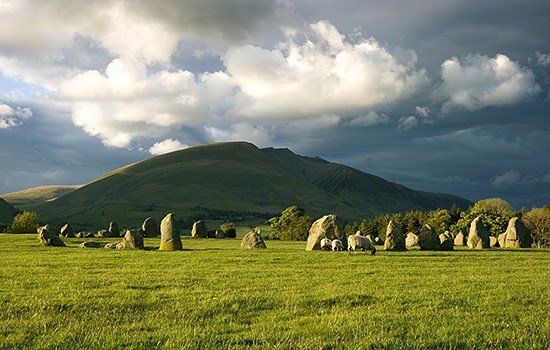
England’s prehistoric monuments span almost four millennia. Discover what they were used for, how and when they were built, and where to find them.

Delve into our history pages to discover more about our sites, how they have changed over time, and who made them what they are today.
